
All Resources

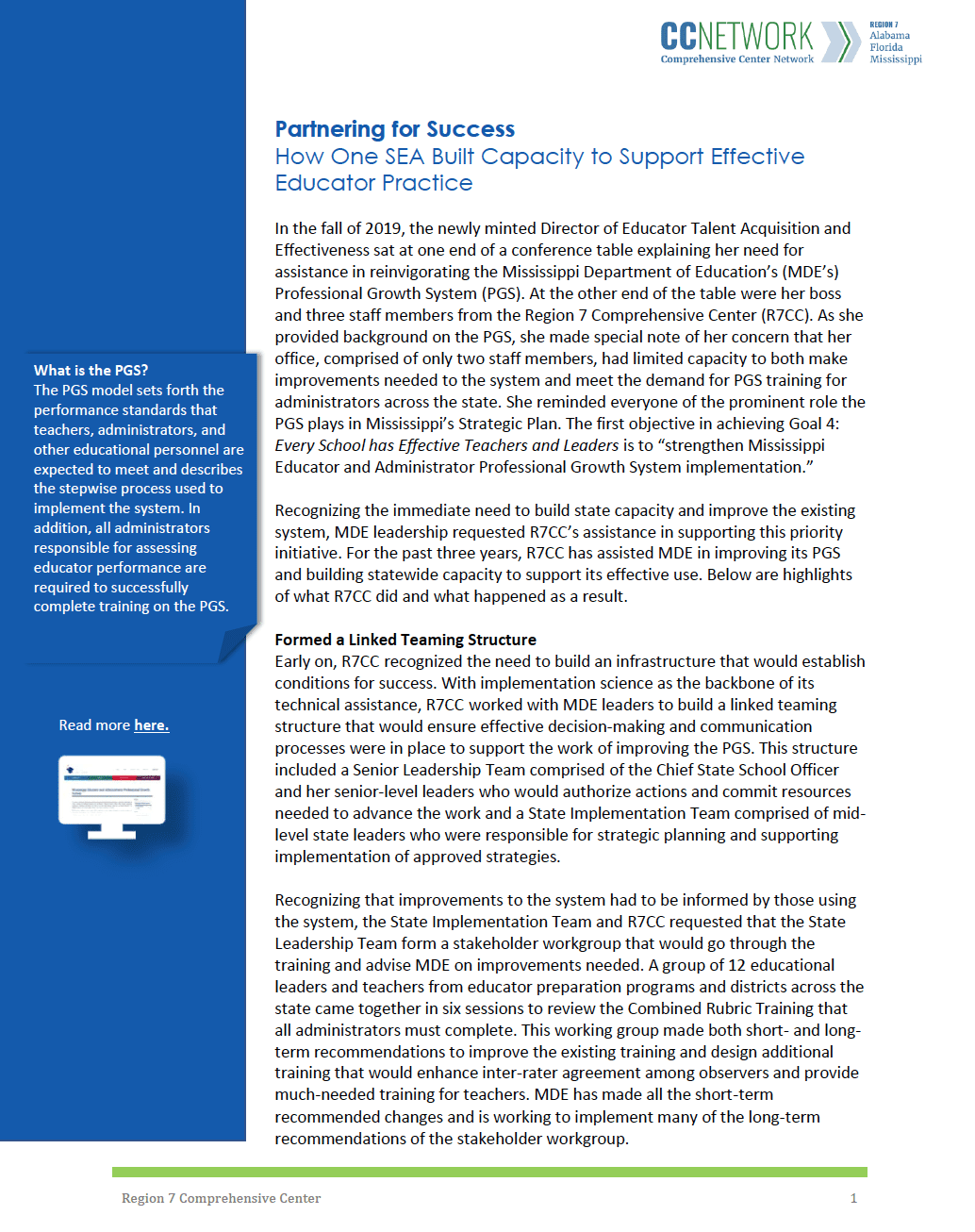
Partnering for Success: How One SEA Is Building Capacity to Support Effective Educator Practice
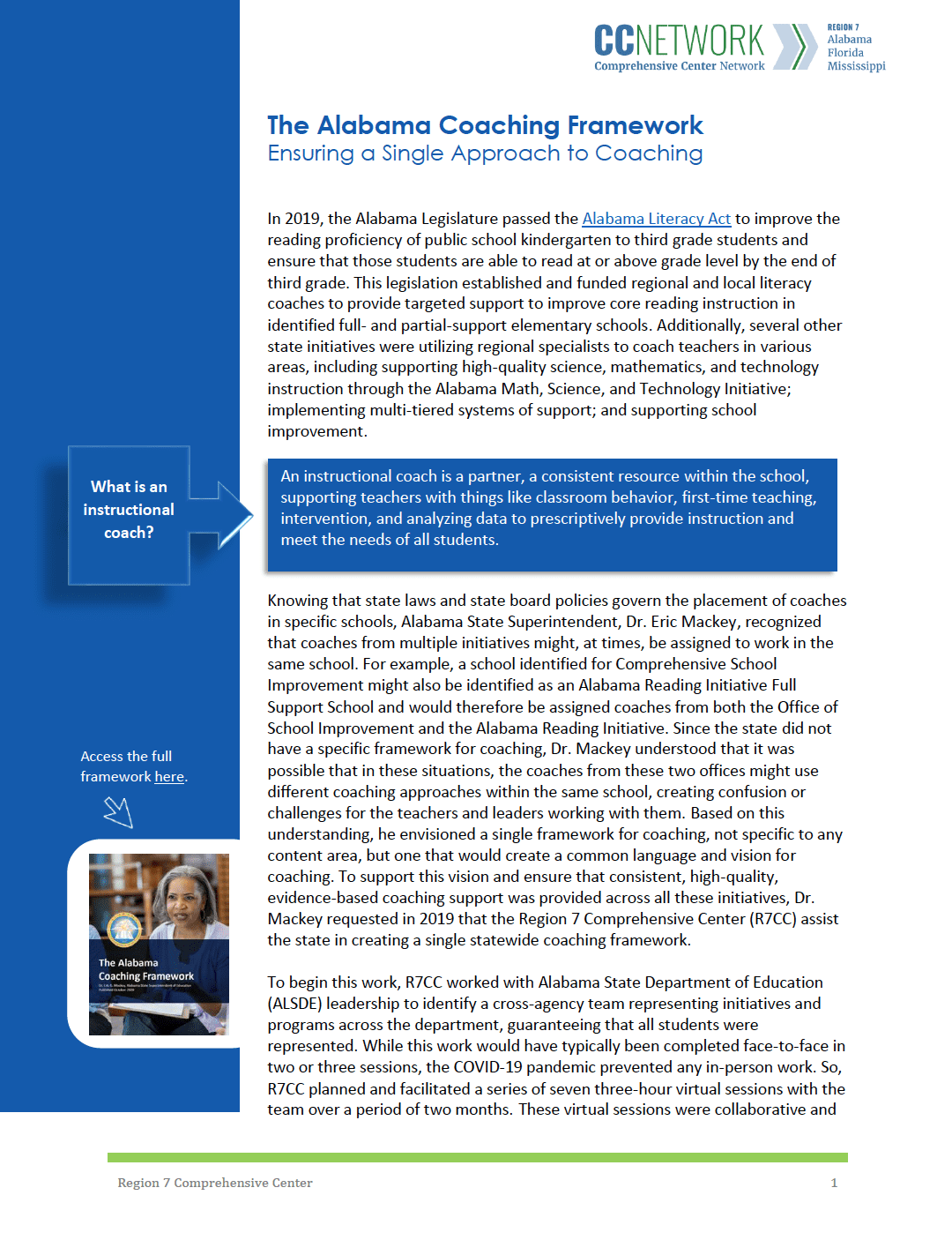
The Alabama Coaching Framework: Ensuring a Single Approach to Coaching
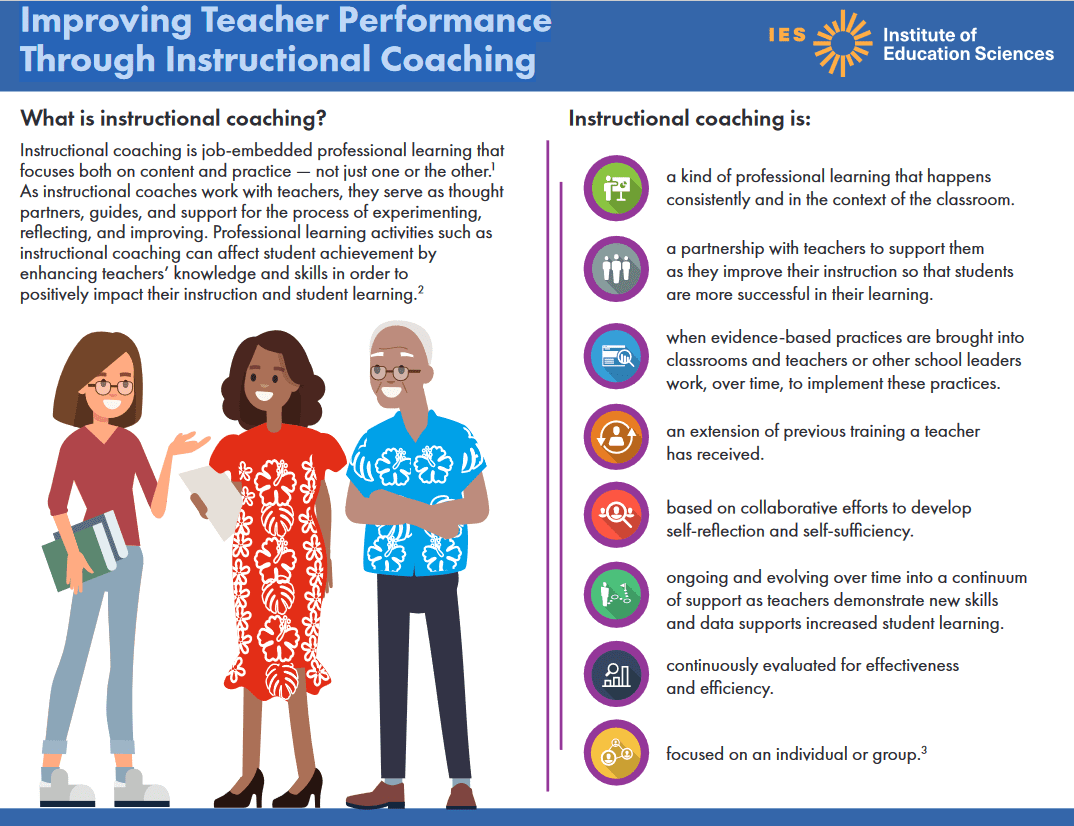
Improving Teacher Performance Through Instructional Coaching

Reading Rockets Summer Reading
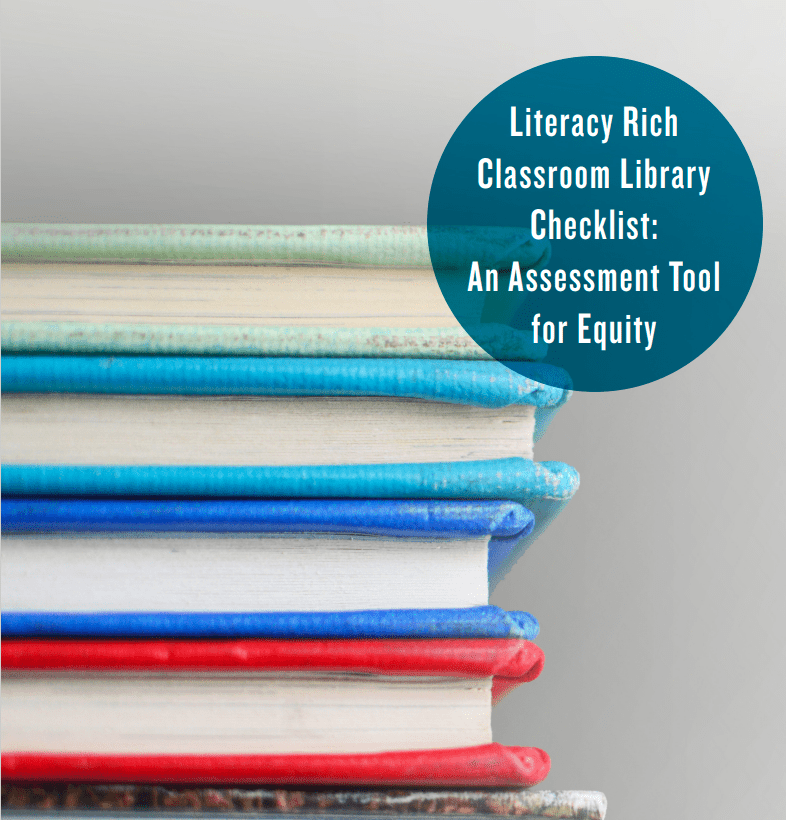
Literacy Rich Classroom Library Checklist: An Assessment Tool for Equity
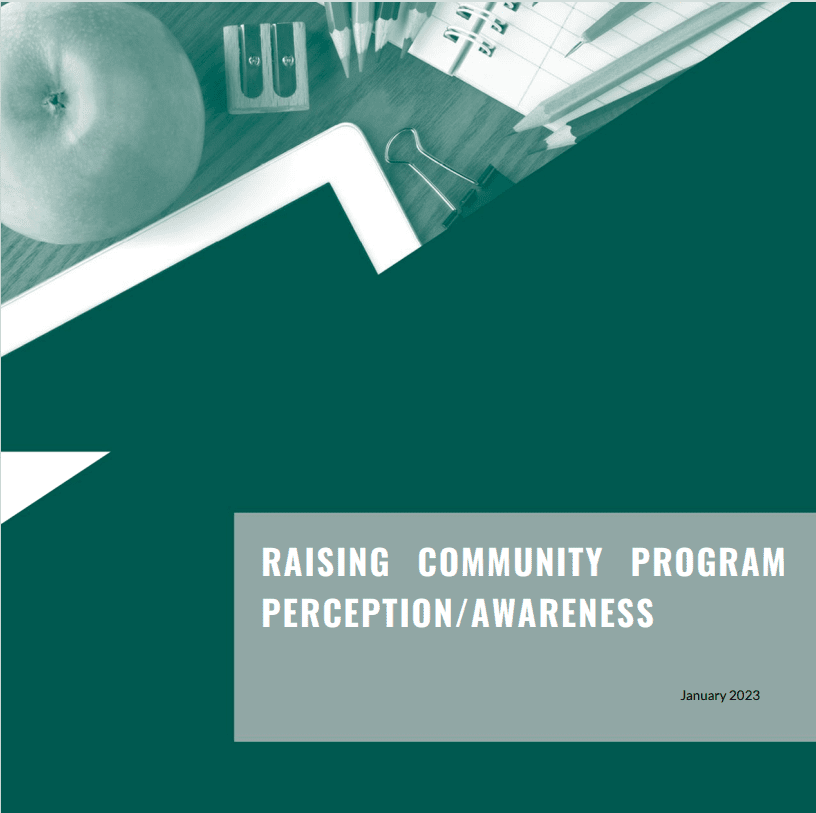
Raising Community Program Perception/Awareness
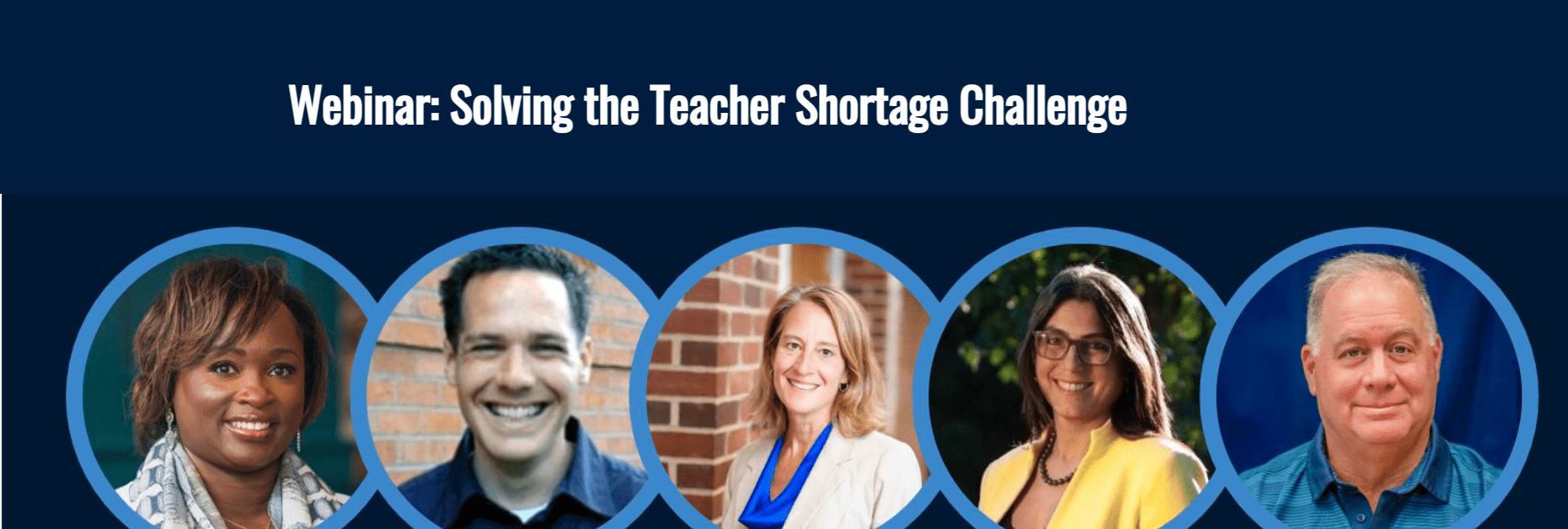
Webinar: Solving the Teacher Shortage Challenge
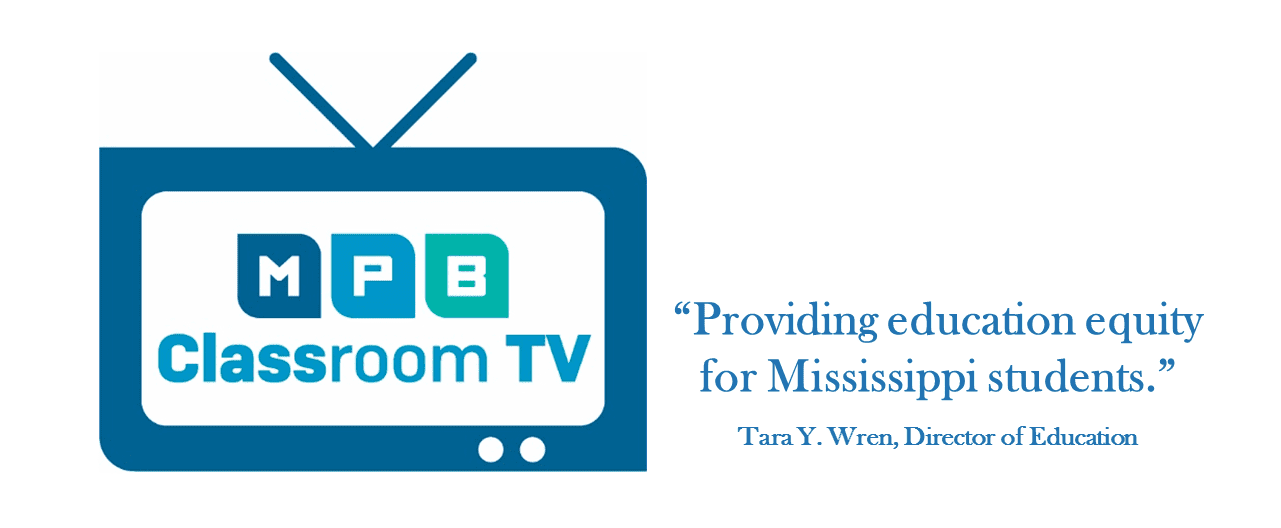
Mississippi Public Broadcasting Classroom TV
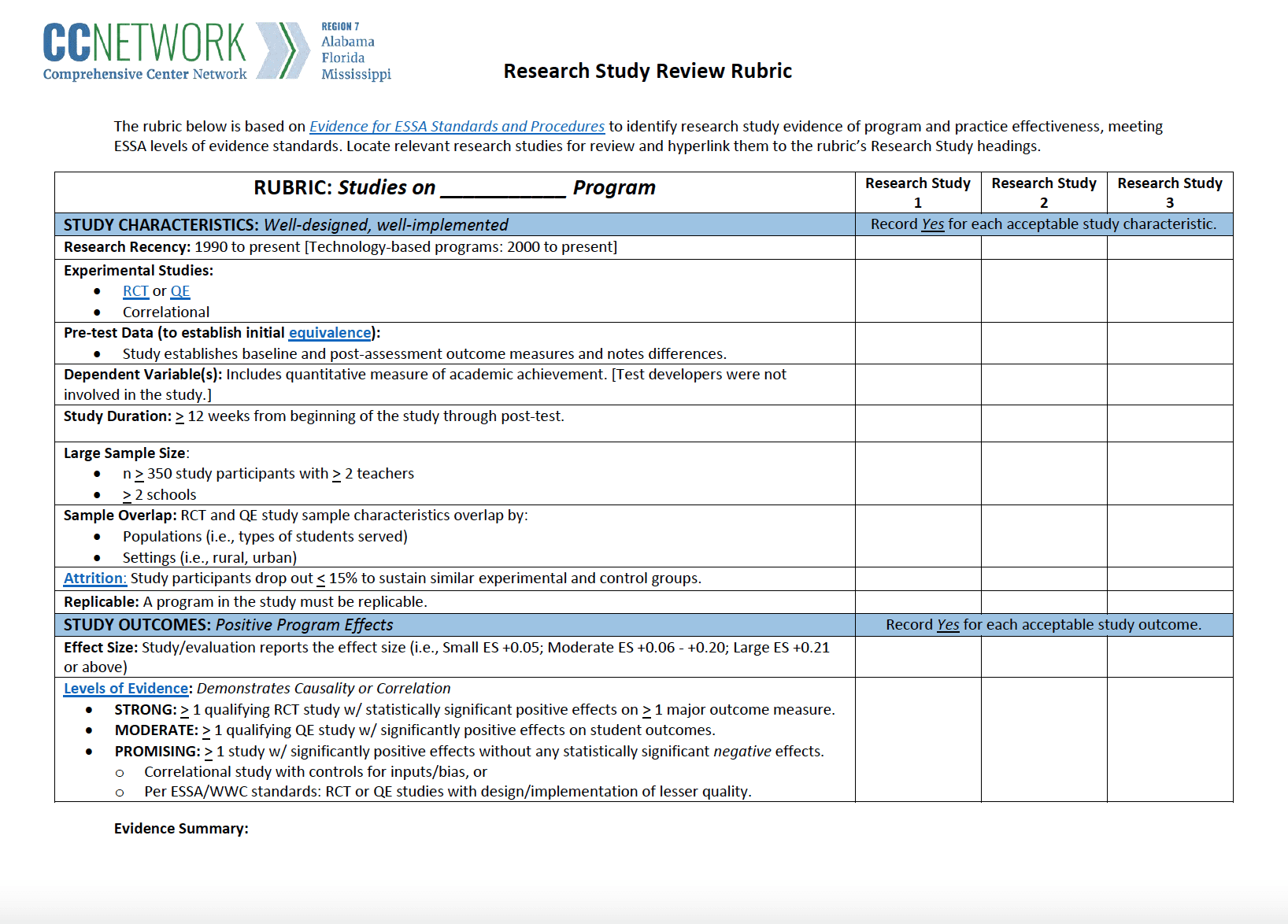
Research Study Review Rubric
Reading in the Disciplines: The Challenges of Adolescent Literacy

Content Start
This paper notes the differences between “learning to read” and “reading to learn,” highlighting the fact that “reading to learn” in the upper grades involves layers of complexity often unaddressed in other studies. The authors explore the more sophisticated types of support needed by adolescent readers, specifically in the content areas, and briefly share insights into the implications of their findings for instructional practices and assessments.


 This material is in the public domain. While permission to reprint is not necessary, publication should be cited. This website was funded through the Office of Elementary and Secondary Education (OESE) and developed by the Region 7 Comprehensive Center at RMC Research Corporation. (Award # S283B190023). This website contains resources that are provided for the reader's convenience. These materials may contain the views and recommendations of various subject matter experts as well as hypertext links, contact addresses, and websites to information created and maintained by other public and private organizations. The U.S. Department of Education does not control or guarantee the accuracy, relevance, timeliness, or completeness of any outside information included in these materials. The views expressed herein do not necessarily represent the positions or policies of the U.S. Department of Education. No official endorsement by the U.S. Department of Education of any product, commodity, service, enterprise, curriculum, or program of instruction mentioned in this document is intended or should be inferred.
This material is in the public domain. While permission to reprint is not necessary, publication should be cited. This website was funded through the Office of Elementary and Secondary Education (OESE) and developed by the Region 7 Comprehensive Center at RMC Research Corporation. (Award # S283B190023). This website contains resources that are provided for the reader's convenience. These materials may contain the views and recommendations of various subject matter experts as well as hypertext links, contact addresses, and websites to information created and maintained by other public and private organizations. The U.S. Department of Education does not control or guarantee the accuracy, relevance, timeliness, or completeness of any outside information included in these materials. The views expressed herein do not necessarily represent the positions or policies of the U.S. Department of Education. No official endorsement by the U.S. Department of Education of any product, commodity, service, enterprise, curriculum, or program of instruction mentioned in this document is intended or should be inferred.